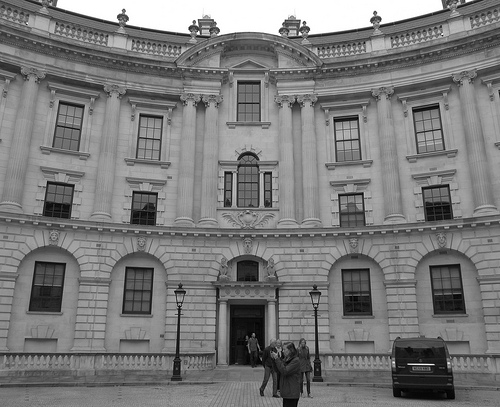Open House London 2013
If you have spent any time wandering around London you will no doubt have come across at least a dozen buildings that you wished you could have looked inside. The splendour of the architecture making you wonder if it reflected on the inside, or simply that the buildings are locked off from public access, having some government related business going on inside them. Well the good news is that during Open House London this September you may finally be able to take that peek inside. Open House London is a different kind of festival, it is all about celebrating what makes up the city that attracts millions of visitors every year. More than eight hundred buildings will be made accessible to the viewing public and all of it is free. The event takes place on the 21st and 22nd September and for those that are interested there is a full programme of events including details of the buildings that are taking part and their opening times, available on the Open House London website.

Behind Closed Doors
Of course there are some buildings that are going to prove more popular than others, and in these cases where the building simply can’t accommodate thousands of visitors on the day, entry will be granted as a result of a ballot. The properties in question that are allowing balloted entry are No 10 Downing Street, The London Eye, Grey’s Inn and The View from the Shard. Visitors are requested to pre book entry to these buildings and then keep everything crossed that their booking is one of the successful few that are drawn in the ballot. For all of the other properties it is simply a case of arriving during opening hours and simply walking through the door, or as is more likely queue until you can get in to take a look. There are a number of military sites that are generally off limits taking part such as the Neasden Bunker and the Woolwich Arsenal Clock Tower, which are sure to be popular.
About Open House London
Founded in 1992, Open House was a simple, not for profit organisation which was aimed at raising both the awareness and the appreciation of the public for the quality and diversity of the architecture found in the city. It was originally a small event during which a few of the more spending of the city’s properties were opened to the public. It was aimed at allowing the local community to be more familiar and appreciative of the buildings, both ancient and modern, in their midst. The way that people look at the city on the whole has altered since the organisation was founded and now there is more of an appreciation of the city in terms of public spaces, community infrastructure and simple appreciation of good design. It is also about breaking down some of the barriers that people perceive to be in place around certain properties and city establishments, so that those who live, work and visit the city can feel more a part of the fabric of the place.

